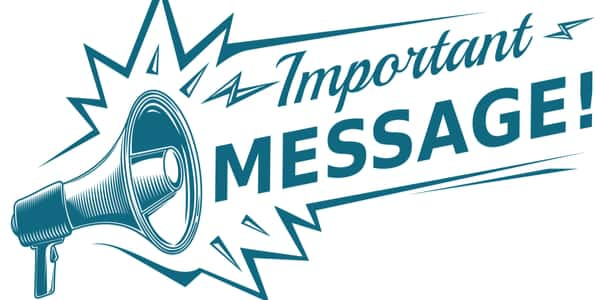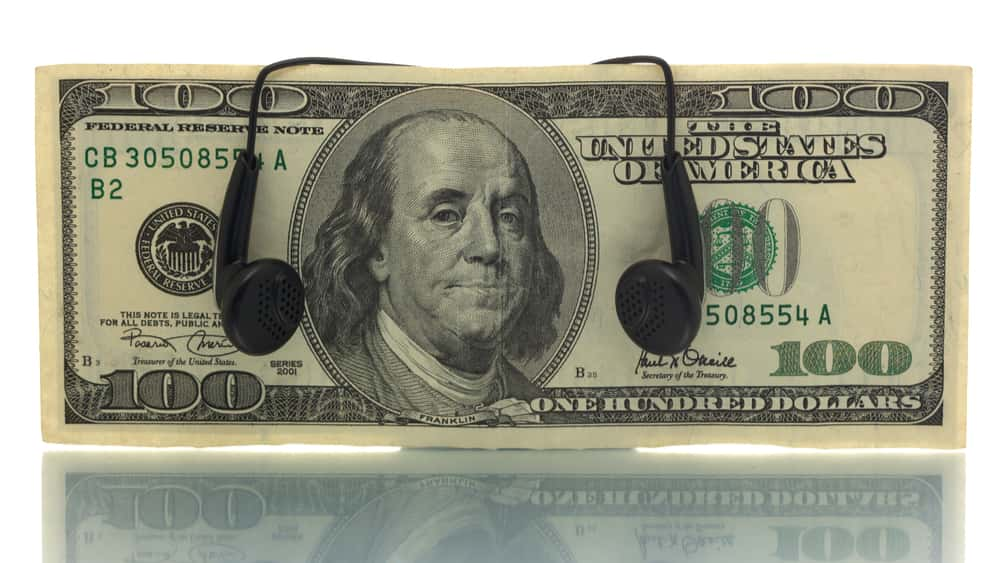Podcasts get a high level of engagement. In fact, most podcast listeners listen to about 80% of a podcast episode once they hit play. Sponsors and advertisers love this!
If you have worked with radio for any length of time, you know that advertisers pay the bills and with podcasts, and they have huge benefits to you:
- Someone with deeper pockets than you is paying the bills for your show, (or at least partially).
- It can be recurring revenue for you.
- If they can track sales directly from your listener base, it could be a long-term relationship.
Monetizing Your Podcast

Deliver Value to Your Audience and They Will Trust You
If you want to monetize your podcast, FIRST focus on delivering value to your audience.
Let’s face it, your goal is to figure out a way you can ask people for money in exchange for the value you’re delivering to them – in this case, your incredible podcast content.
That means you’ve got to be providing them the VALUE side of that equation. So if you haven’t read the Content Strategy portion of this series, get to it!
The Main Ways of Monetizing Podcasts
There’s lots of different ways to gain revenue from a podcast, but we are going to concentrate on the 3 most popular:
- Sponsorships (Pre-Roll & Live Read Ads)
- Affiliate Marketing
- Donations
Yes, there are other ways of bringing in the cash, but most are offshoots of the above and we’ll dip our toes into them as well.
Sponsorships

We’ll talk about Sponsorships first, because let’s face it, it is the most popular way of monetizing podcasts today.
The way sponsorship typically works is that someone will pay you to run ads on your show. These ads can be inserted, pre-recorded, or host read as part of your content.
Use Your Existing Sales Team (if you can)
If you are part of a radio station, you’ve got a leg up already. You have a motivated sales force already reaching out and obtaining advertisers for on-air spots as well as digital (website banners, promotions, etc..). Talk with your sales team about adding podcasts into their sales packages. If you stick with it and gain a following, your advertisers will get a good return (and make your sales people happy!).
Going it Solo
But let’s talk about a solo podcaster or a personality that wants to strike out into podcasting on their own. You are going to be doing this on your own, so its best to have a plan to obtain sponsors.
Let’s talk about the two main types of sponsorship advertisements:
Pre-Roll Advertising

Pre-Roll Spots are commercials that come before the entire podcast starts. This means these types of spots start FIRST before anything else starts. Either way, it’s the first thing that is getting played and you can charge your advertiser to place a commercial there.
Now Pre-Roll is great because your advertiser is the VERY first thing your audience will hear. That’s also why it isn’t so great sometimes. You are basically making your audience sit through 30-60 seconds of commercials before they get to any content.
Pros of Pre-Roll
- Great Advertising Spot for Sponsor
- Super Easy to get listening data on for reporting
Cons of Pre-Roll
- Not a good listener experience
- Not integrated into the content
Live Reads (or Host Reads)

A Live Read advertisement is delivered natively within the content and fabric of a podcast, communicated conversationally by the host or hosts.
If you’re a podcast listener, chances are you’ve listened to a host-read ad. They’re conversational and personal, and they leverage the trust an audience has built up for a particular podcast or host. Host-read ads don’t miss a beat and aren’t jarring like a typical ad can be.
For radio advertisers, live-reads have been highly effective. According to Nielsen, when a radio personality endorses a product, listener interest increased 44%.
Now, since it is YOU the podcaster that is communicating the product or service, it is implied that you endorse the product as well. Because of that, you need to be aware of what you are selling. Hosts should share what made them want to promote the company. What about the selected ad, product or advertiser stood out? Was there a conversation with the person who created the product or company being advertised? What about that first impression made the host want to get involved?
Live Reads are super effective but since they are woven into the podcast itself, they are not as easy to track (well, unless you use OneCMS).
OneCMS lets you track the number of listens a Host Read Ad receives and even will alert an advertiser when an ad they are mentioned in is published!
Pros of Live Reads
- Less of a chance your audience will skip an ad
- Much higher engagement and interest from audience
Cons of Live Reads
- Tracking is not as easy (unless you use OneCMS)
- You are putting your name behind the product
Affiliates
At first, Affiliate ads might sound like Sponsorship. Affiliate ads can either be Pre-roll, Live Read or ad insertion, but the key difference is you only get paid for the customers you send to an advertiser.
Here’s how it works:
- You find a company that sells products or services your listening audience needs.
- You make those products available to your listeners through an “affiliate link” on your website or show note (or special “friendly URL” you mention on your show).
- When somebody clicks on that link, the company’s website is setup with a “tracking code” that recognizes that person as coming from your link.
- When/if they purchase, you get a commission.
ALWAYS tell your listeners – both in writing on your show notes page or website – AND verbally on your podcast audio, that you have an affiliate relationship with any product you’re recommending, if you do in fact have such a relationship. It’s honest. It’s clear. It can build trust with your audience even more. And… it’s the law.
Pros of Affiliate Ads
- Easier to get advertisers, because they have no upfront
- Tracking is done by the advertiser, so no reporting needs to come from you
Cons of Live Affiliate Ads
- You don't get paid unless your advertising is successful and you get the advertiser customers
- You are putting your name behind the product
Donations

If you are truly adding value to the lives of your listeners, don’t you think some of them are going to start feeling like they want to say “thank you” in a more tangible way than listening to your next episode?
It’s OK to make a way for your listeners to support your show. It’s called a Donation Model – and it works.
Podcast listeners most favored way of supporting podcasters is services like Patreon. The appeal is obvious, the money your audience is giving goes directly to the creators, and even if it’s not much, it genuinely feels like it’s contributing to the podcast’s goals. Patreon also comes with rewards for backers, like access to bonus episode or bloopers, looks behind the scenes, or even just a shoutout on Twitter.
Podcast fans’ next favored method of support is buying merchandise, and the benefits here clearly mirror those of Patreon’s — they’re just more tangible, and therefore usually more costly for the creators.
Pros of Donations
- Don't worry about searching for advertisers
- Better experience for your audience (don't have to sit through ads)
Cons of Donations
- Your donations directly mirror your value and how large your audience is
- Not really a guaranteed source of income.
Experiment!
As you can see, there are plenty of methods to monetize a podcast. There’s no right way to do it.
The trick, however, is to monetize your podcast in a way that doesn’t disappoint your listeners. This means finding the monetization technique they don’t find intrusive. In many cases, that means trying out several techniques and honing which works best for both you and your audience.


